Phones have become an integral part of our lives. It won’t be an exaggeration if it is said that it is pretty much impossible to imagine today’s world without telephones. Telephones since their invention, have undergone many changes to become small, handy devices which can be carried everywhere, literally everywhere.
Let us have a look at the eventful journey of transformation of telephones through the years..
Invention Of Telephone By Alexander Graham Bell
Alexander Graham Bell was the one who invented “talking through wires”. The words which he first spoke on the phone were addressed to his assistant Mr Watson “Mr. Watson–come here–I want to see you.”
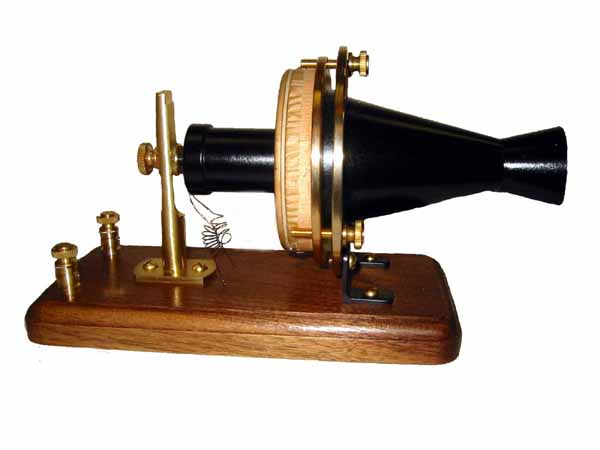
The Centennial Model
The Centennial Model is so labeled because it was first demonstrated on June 25, 1876 at the Centennial Exhibition in Philadelphia. Bell said to the public that he would show them “something which would speak”.
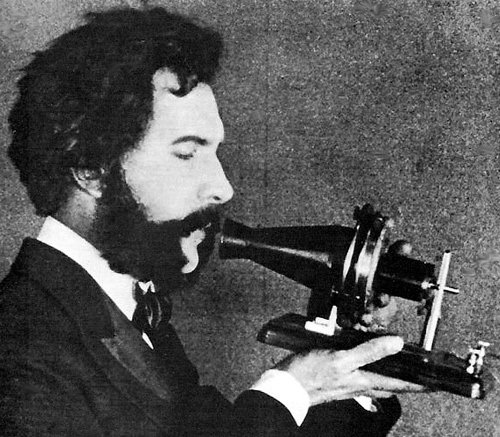
Bell demonstrates speaking into the telephone in 1876.
In January 1915, Bell made the first ceremonial transcontinental telephone call. Calling from the AT&T head office at 15 Dey Street in New York City, Bell was heard by Thomas Watson at 333 Grant Avenue in San Francisco.
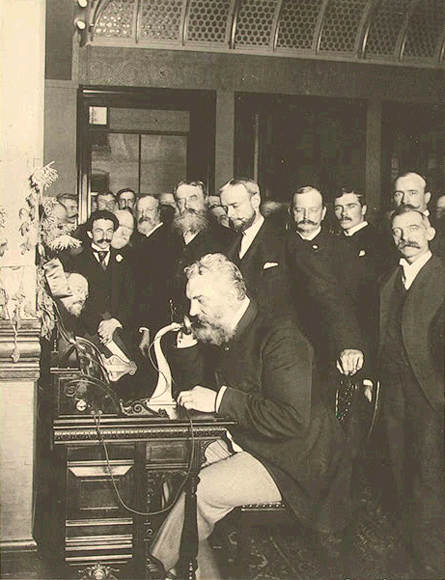
Bell on the telephone in New York (calling Chicago) in 1892
Also Read: Why Is The Audio Quality Of Phone Calls Still Not Great, Despite So Many Advancements In Technology?
Telephones In The Early 1900s
With the onset of the century, the telephones saw many changes in their basic design and functions. The technology was improving and it reflected directly on telephones as well.
Below is the picture of one of the telephones in the starting years of 20th century. It also has a slight resemblance with a human face, that too, a funny one.
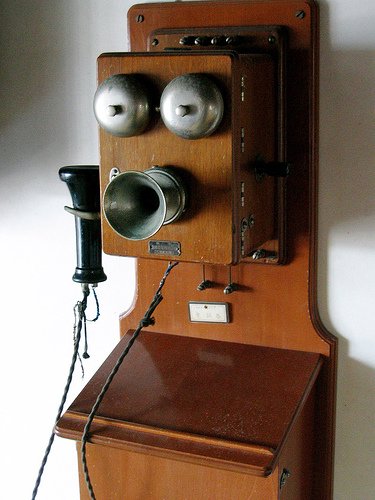
Telephone in the Early 1900’s
Here is a picture of the Nickel plated, tapered shaft, aka “oil can” desk set (first from left). This rare set is known as the oil can because of the way it looks upside down.

These phones marked the era of the “real” phones, the ones people can associate with today. You must have seen these phones in old movies.

Desk Stands, often called “candlestick” telephones, were the first desk telephones manufactured by Western Electric. The desk stands that were built before the turn of the 20th Century were extremely ornate and are today worth many thousands of dollars.

Telephones from 1950 till date
The technology improved further giving way to the telephones we use today. The design of telephones went under a major overhaul to become sleek and stylish. And during this period of advance of telephones, mobile phones came in picture.
Birth Of Mobile Phones
Now that the traditional telephone had developed quite a bit, the idea of “mobile” phones came up i.e., the phones which were mobile or which could be carried around. A lot of mobile phones models were made, but the first one which came in the limelight in 1973 is the one you see below.
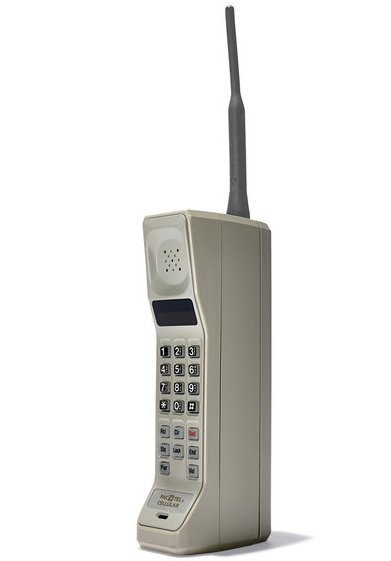
The first ever cordless phone was launched by Motorola in 1973
Martin Cooper made the first handheld cellular phone call in public. Walking down the streets of New York, Cooper – the General Manager of Motorola’s communication system division – talked on the phone. The phone is also known as the “Brick” cell phone.
Mobile Phones Till 2000
As we entered the millennium, a few companies which manufactured mobile phones, had come to the foreground and the competition to make the best portable calling device was on.
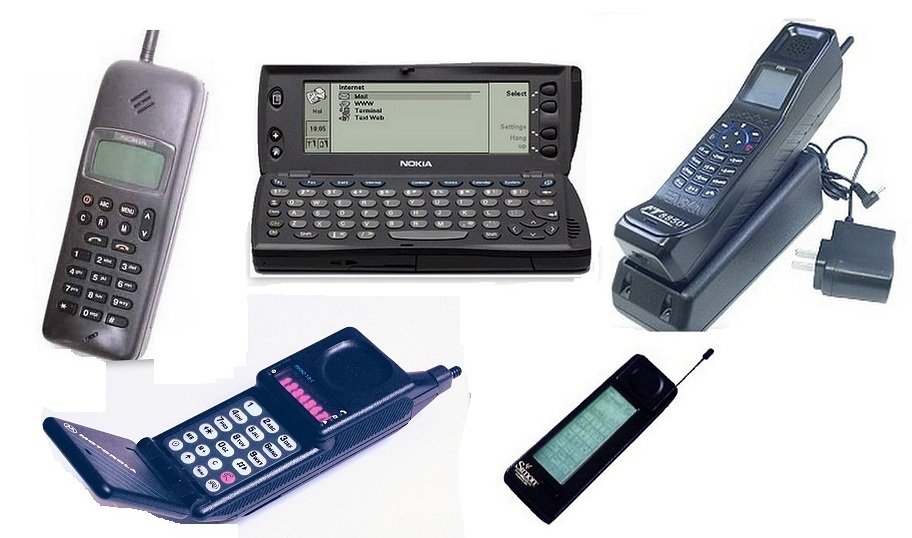
After 2000, mobile phones became cheaper and thus became more easily available to the general public. Although they still were not very common, but yes, possessing a mobile phone was no longer a very big deal for people. But it still was considered an item of luxury.

First Touchscreen Mobile Phone
Although the first touchscreen phone was invented in 1992 by IBM under the name “Simon Personal Communicator”, it was the first iPhone which changed the way we used touchscreen mobile phones. It was introduced in the United States on June 29, 2007. It featured quad-band GSM cellular connectivity with GPRS and EDGE support for data transfer.
First Mobile Phone Camera System
Today, clicking a picture on a phone and then instantly sharing it with your contacts has become so commonplace that we barely even notice the ‘real time sharing of pictures’ as a feature. But this was not the case more than two decades ago. But that changed in 1997, when Philippe Kahn – an engineer and entrepreneur – put together a system of a digital camera (that took images in the resolution of 320 x 240 pixels), a Motorola flip phone, a laptop computer and a Web-based infrastructure.
After he clicked the picture, it would automatically get uploaded and email alerts would be send to his friends and family, who could then log on and see the uploaded picture.
The following image – the picture of Kahn’s daughter just after her birth – is the first ever picture shared in real time through a mobile phone:

iPhone And The Dawn Of Smartphones
And with all that. the first iPhone is here!
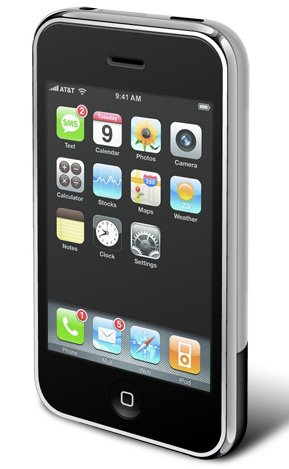
The first iPhone was released in 2007
And since then there has been no stopping the tremendous growth. The number of manufacturers kept growing and so did the mobile phones. This was a period of a tremendous boom in the market of mobile phones.
Today, a phone is no longer a phone! It has to, and does, deliver a plenty of functions to the customers. Now you can do almost anything imaginable, by today’s standards, just by tapping your phone a couple of times.
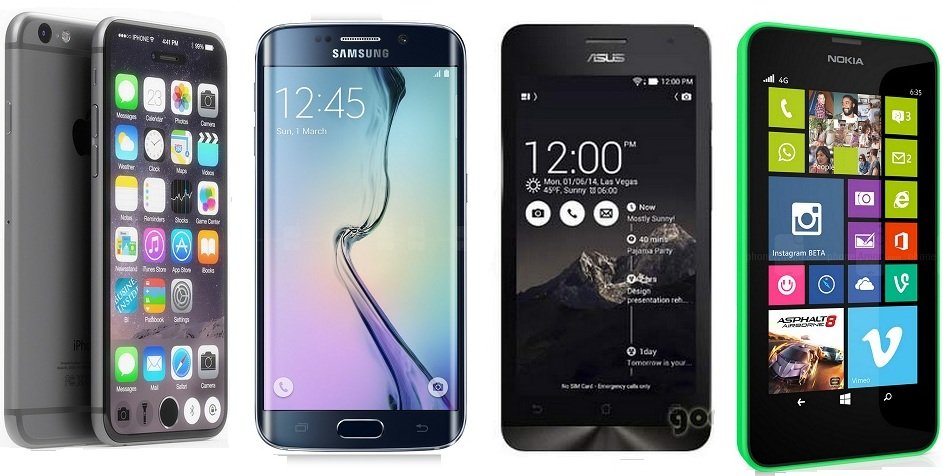
Also Read: Foldable Phone — The Next Mobile Frontier
Future Calling
There are a number of features which we can expect from the smart phones which will be launched in future. Augmented Reality is one such feature. It makes available more information for us users by combining computer data to what we see in real life. Foldable screens will also look a lot cooler.
In fact, LG has already announced a flexible, curved smartphone screen. Its first devices to use the new 6-inch OLED screens will be available next year.
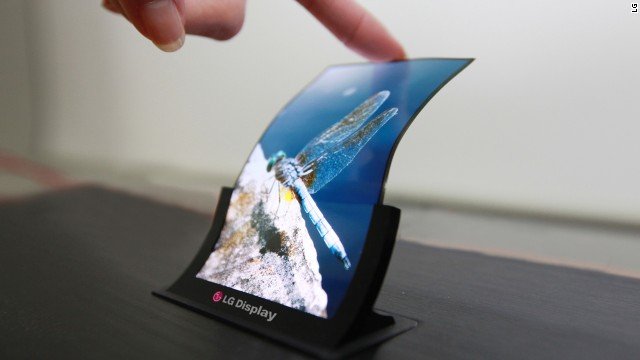
A curved screen phone
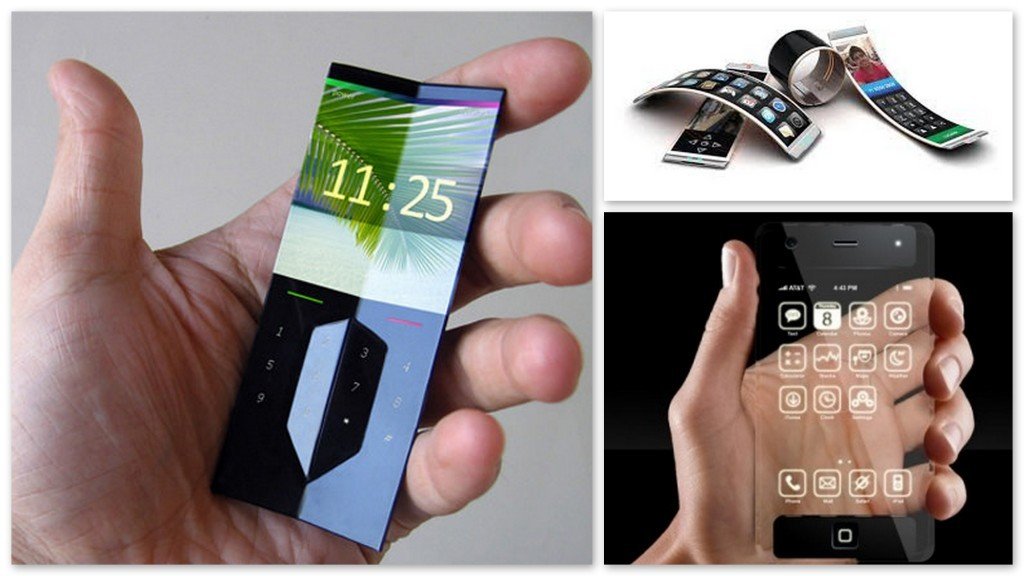
The future of smartphones
There is practically no end to what we may expect from the future generations of smartphones. Ranging from AR to seamless voice control, there are plenty of things which still are to be incorporated in the revolutionary device.
Test how well you know about the history and evolution of mobile phones

